Makerspaces in Primary School Settings
For this project, Makers Empire provided their 3D platform to schools, along with a blended professional learning program for participating staff. The 3D design and printing platform aims to help K-8 educators develop the STEM, design thinking and 21st century capabilities of their students.
Additional details
| Year band(s) | Foundation, 1-2, 3-4, 5-6 |
|---|---|
| Content type | Article or research |
| Format | Document |
| Keywords | Makerspace, Primary, STE, 3D design, Design thinking |
| Integrated, cross-curriculum, special needs | STEM |
| Organisation | Macquarie University |
| Copyright | Macquarie University. May be subject to Copyright Act statutory licence. |
Related resources
-
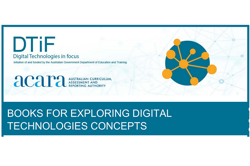
Books for exploring Digital Technologies concepts
Use these suggested books or similar to identify and discuss key concepts, key ideas and related ways of thinking about Digital Technologies.
-
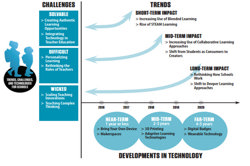
NMC Horizon Report
This report profiles the trends and key technologies and practices shaping the future of teaching and learning, and envisions a number of scenarios for that future. It is based on the perspectives and expertise of a global panel of leaders from across the higher education landscape.
-
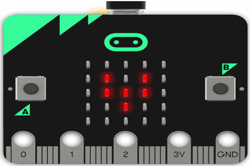
The Micro:bit Matters
In this article, Gary Stager introduces and explains the BBC micro:bit. He discusses pros and cons of the device, prices, compatible programs to use with it, resources to help understand the Micro:bit and other technological devices on the market.
-
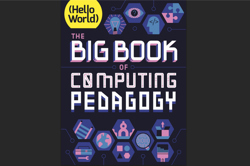
The Big Book of Computing Pedagogy
This guide focuses on approaches to teaching computing in the classroom, and includes pedagogically themed articles. It is structured around twelve pedagogical principles, originally developed by the Raspberry Pi Foundation for the National Centre for Computing Education in England.
-
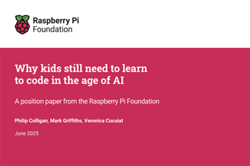
Why kids still need to learn to code in the age of AI
This report put forward evidence that even in a world where AI can generate code, we will need skilled human programmers who can think critically, solve problems, and make ethical decisions. It puts the case forward that young people need to learn to code because it is the most effective way for them to develop the mental models and fluency to become skilled human programmers.
-
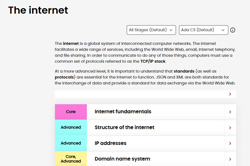
The internet
This comprehensive online guide, provides a background to the fundamentals of the internet. This topic has information about IP addresses, Domain Name System (DNS) and the common set of protocols referred to as the TCP/IP stack.
-
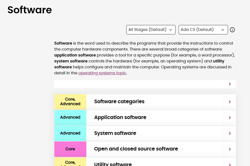
Software
This comprehensive online guide, provides a background to software, the term used to describe the programs that provide the instructions to control the computer hardware components. This topic has information about application software and system software.
-
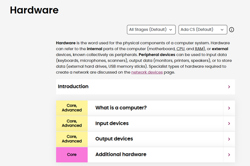
Hardware
This comprehensive online guide, provides a background to hardware is the term used for the physical components of a computer system. Hardware can refer to the internal parts of the computer, or external devices, known collectively as peripherals. Peripheral devices can be used to input data, store or output data.
